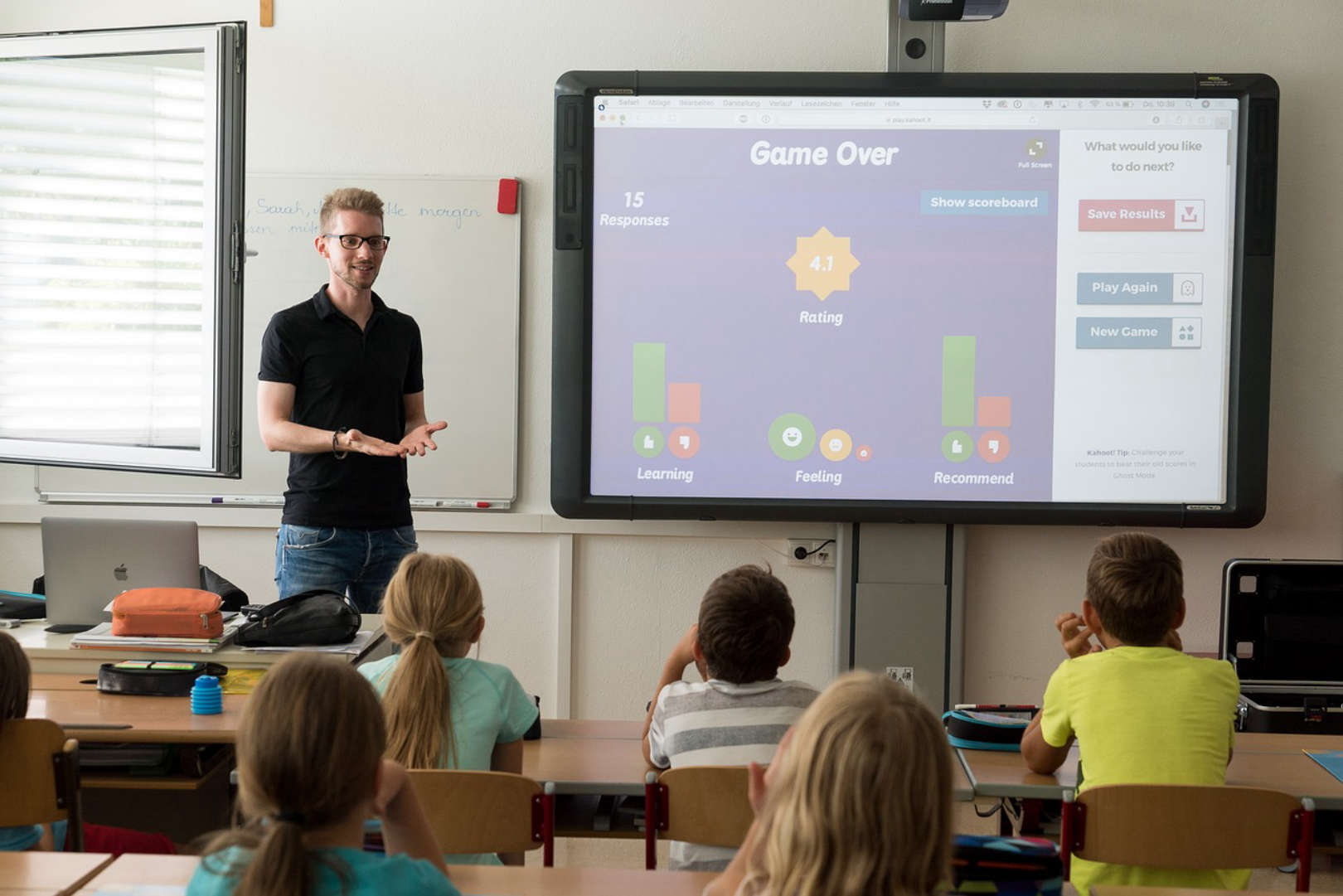About
Graduated in Systems and Informatics Engineering at Minho University in 1998. During his PhD he researched in the area of 3D reconstruction from Images divided between Philips Research, Eindhoven, and Minho University, until he concluded in 2006.
He worked in the industry in the field of interactive systems, until he joined FEUP as Invited Assistant Professor in 2009, in the Department of Informatics Engineering (FEUP), to teach and research in the areas of Computer Graphics, Interaction and Game design and development.
He is a collaborator at INESC TEC/INESC Porto since 2011. Currently he is also the director of the Multimedia Masters of University of Porto, and responsible by the Graphics, Interaction and Gaming (GIG) Lab at DEI/FEUP.


